There is a relation between the mold internal condition and the oscillation friction during the continuous casting process. This relation, however, was only proved after applying both Mold Oscillation Monitoring and Mold Profile Checker simultaneously. Check out the results down below.
The continuous monitoring of oscillators’ real vibration and friction is an essential task. Specially because there is no way to know precisely how it is going to react after all the daily changes in the continuous casting machine.
The following case study can be used as a proof of how important is to keep the good track of these parameters. In fact, it also serve to prove the straight relation between the high friction levels and the mold tubes profile used.
Friction Excess
During a mold changing, a customer has noticed a significant oscillation friction increase, which was not common while using an equipment to monitor the mold oscillation.
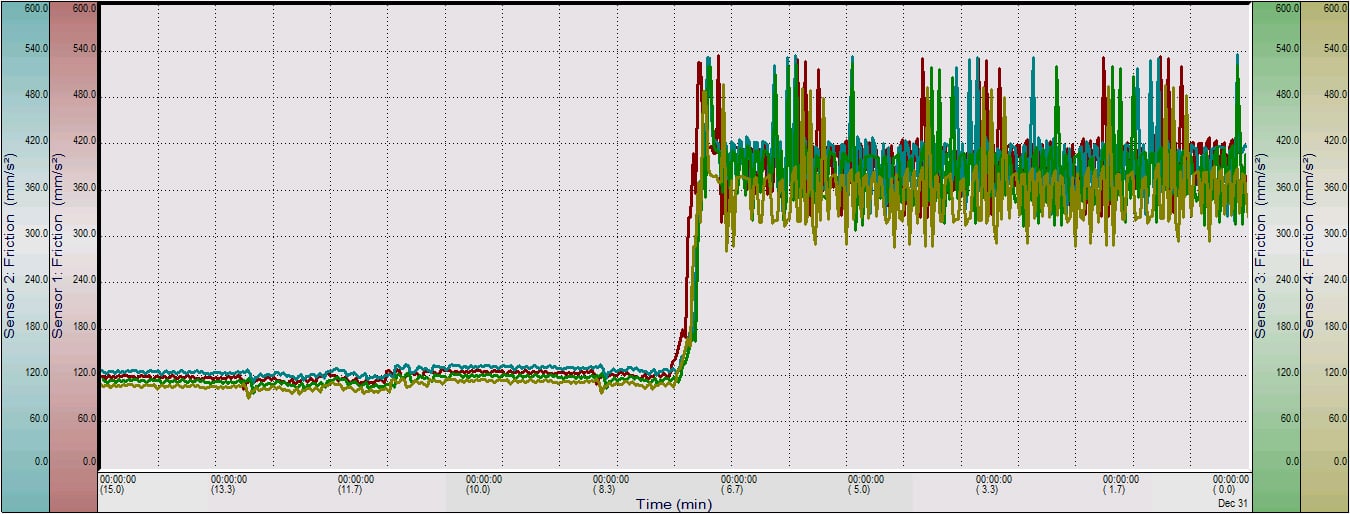
The intriguing part was that the high friction level found was detected after changing a used mold to a brand-new one although both molds were from the same manufacturer. Therefore, it did not make sense to bind the problem neither to the used mold nor the process itself.
Mold Analyzes
In order to understand the possible causes for the problem reported above, a customer performed measurements of the molds internal profile with an accurate mold profile measurement tool:
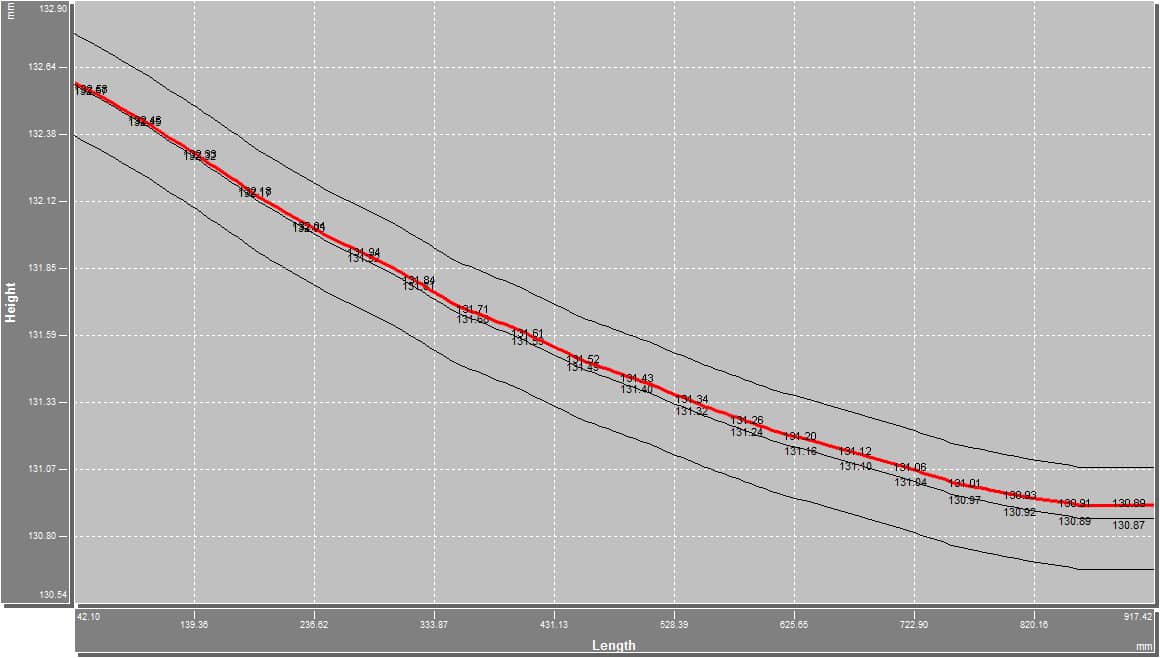
The first mold that was measured, as can be seen in the picture below, is perfectly appropriated for the production demands, in other words, the profile is within the limit range desired. In fact, it can be seen in the graph below that this mold has a normal friction level during the casting process.
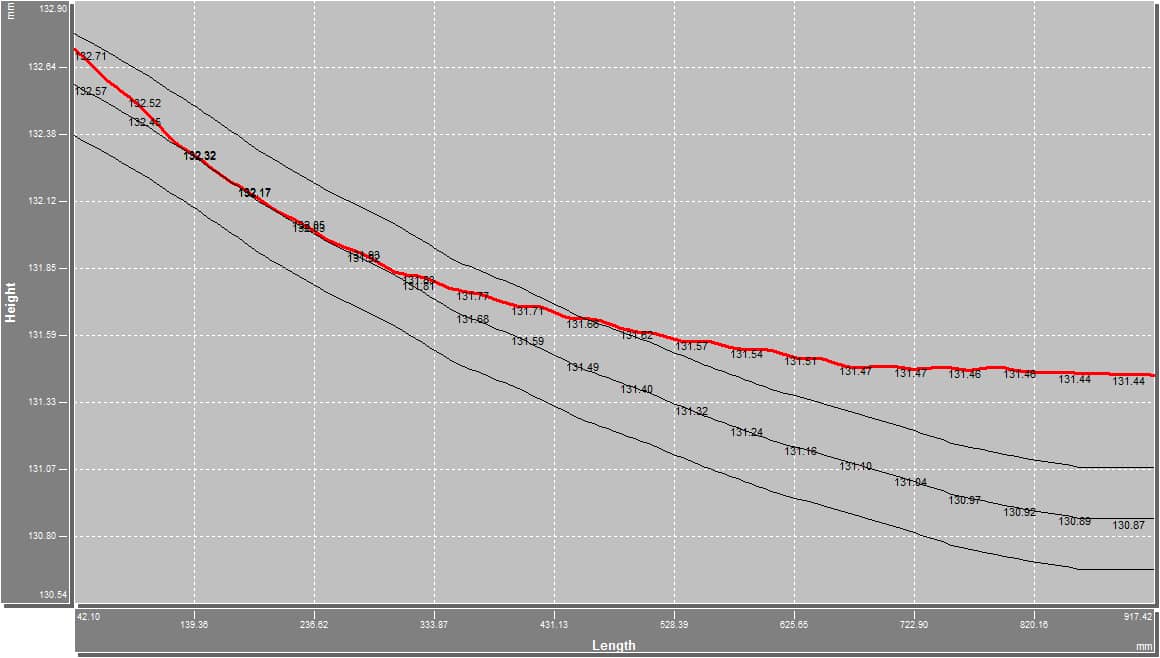
The second mold measured, however, presented its profile out of the ranged desired and as consequence, it generated high friction level, which was detected by a reliable oscillation monitor.
With the oscillation data in hands and associated to the copper molds real condition, it was possible then to correlate both information. Therefore it was evident that an incorrect mold profile results to friction excess during the oscillation.
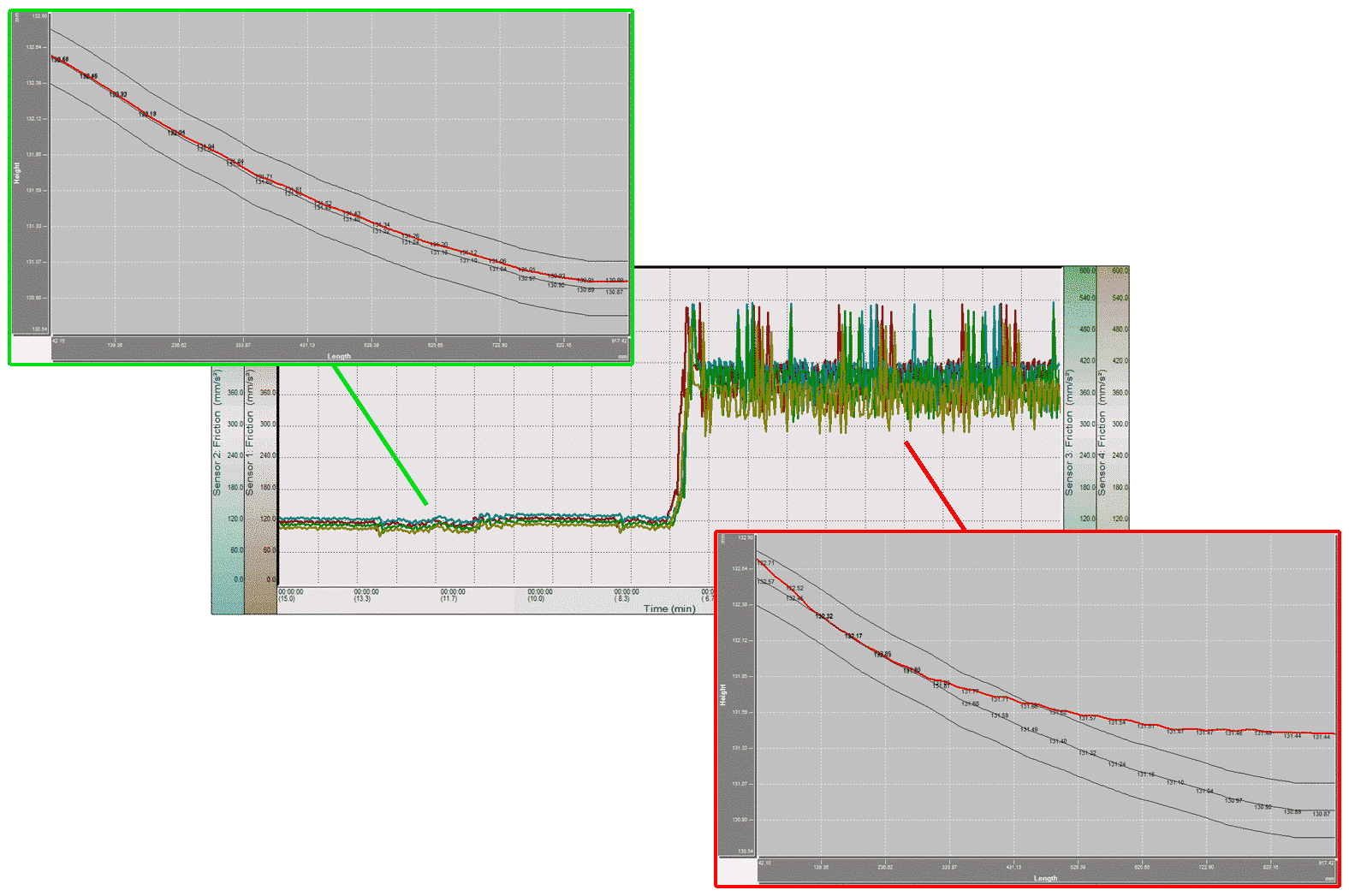
The high friction level in the continuous casting machines oscillation is a strong cause maker for decreasing mold service life, increasing surface defects on the products, cracks and even BOs.
Upshot
This is not the first time that having control over the molds and oscillation real condition was proven necessary. Therefore, the use of reliable tools to monitor and control are essential to ensure more quality and control over the production process – characteristics that are shared among most steel plants and major steel groups worldwide in order to attend the needs of a market increasingly demanding.
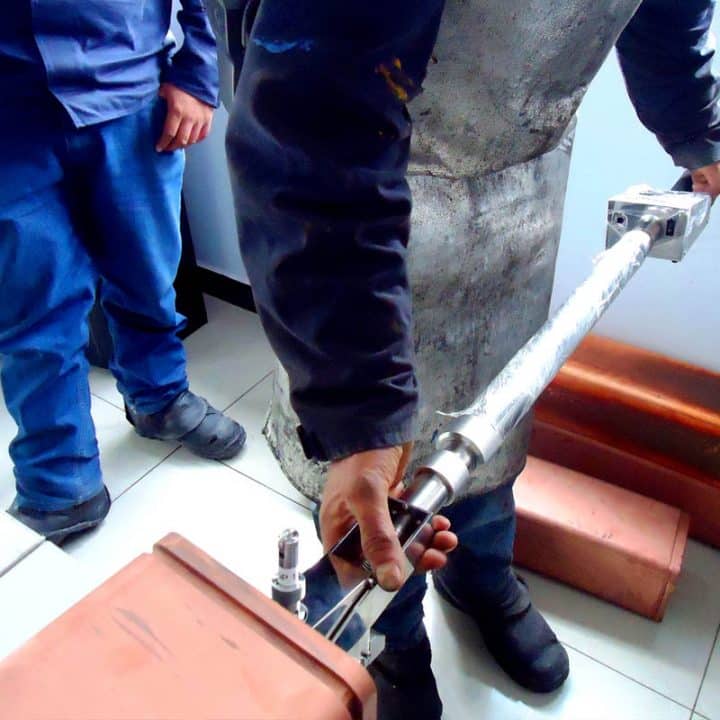
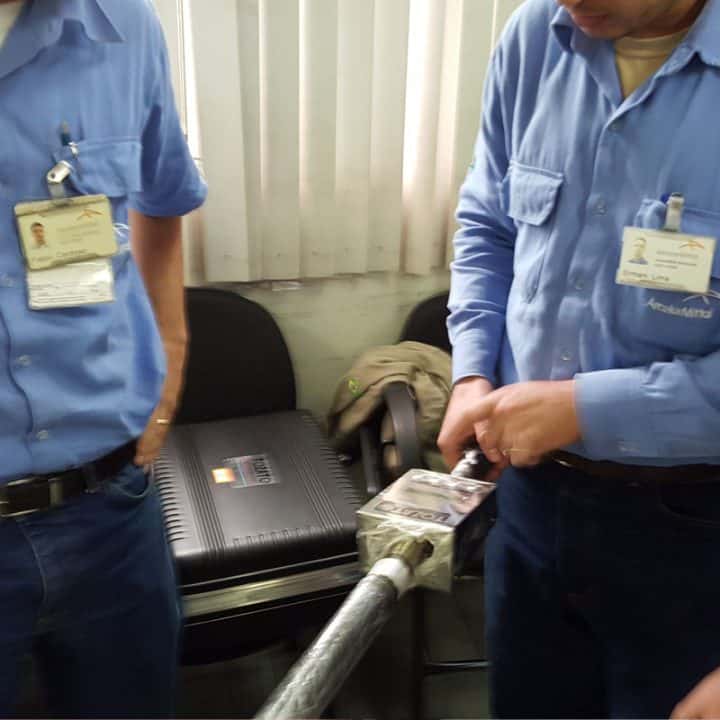

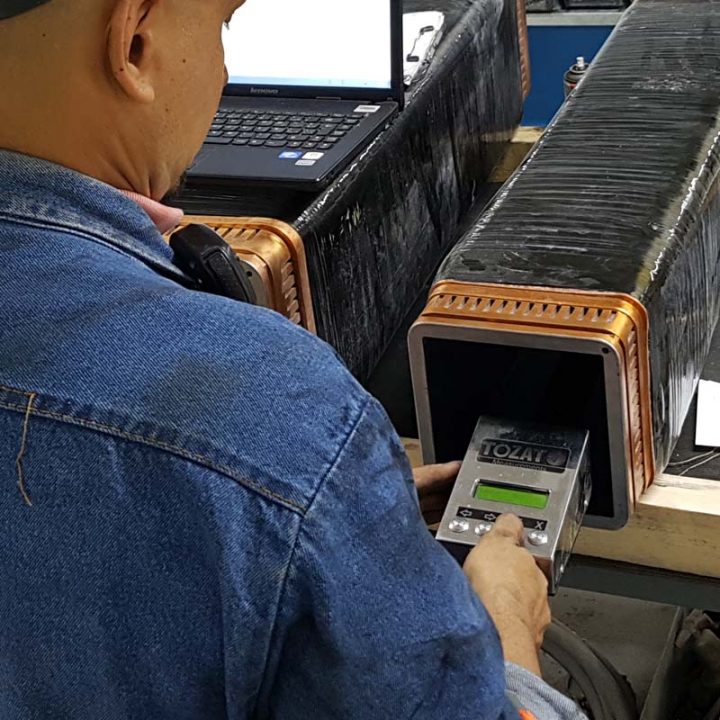

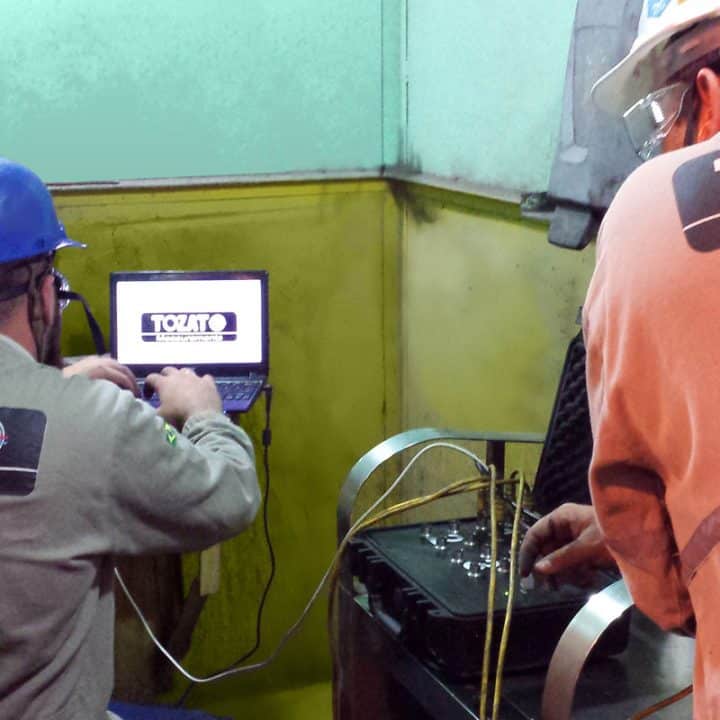
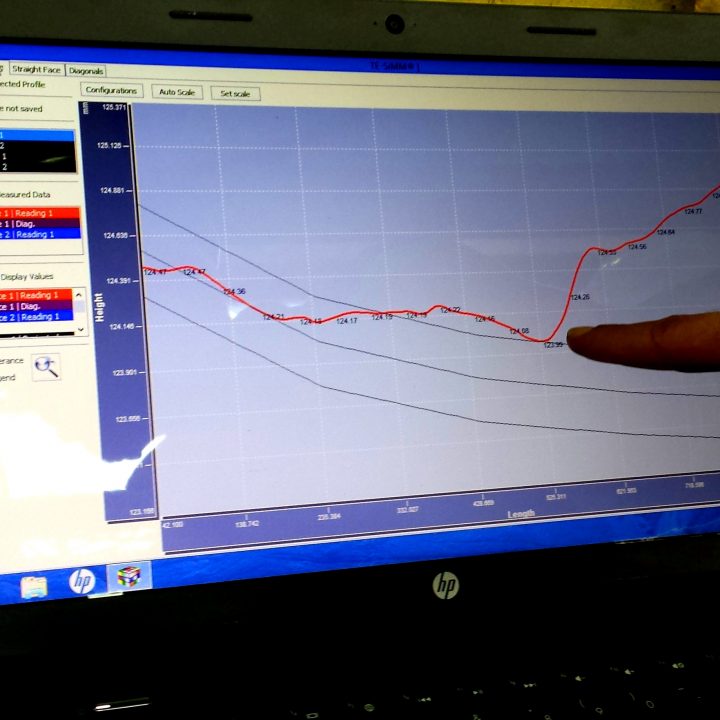


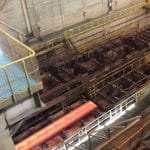

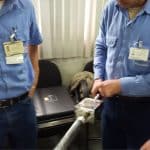
No comments
[…] the installation of equipment capable of permanently monitoring the condition of oscillators, operators have at their disposal a wide variety of fundamental information. Through the use of […]